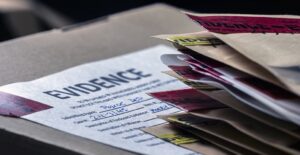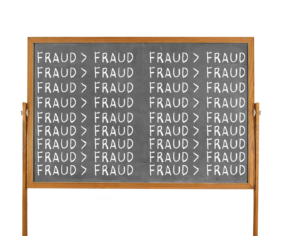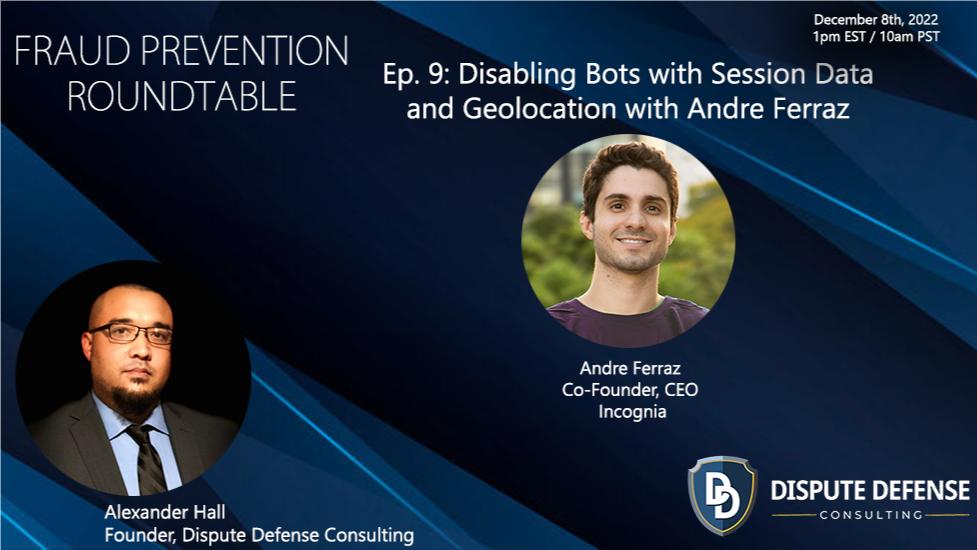Over $32.6 Buh-Buh-Billion (With a ‘B’, in case you missed it) have been reported in damages across social benefits including unemployment, disability, and others…
..all In one state. California.
One through line for these methods is going to be centered in the manipulation and employment of compromised sets of identity information.
The process for obtaining and manipulating data can be as extensive or short-lived as the fraudster wants it to be.
The process that I’m familiar with has 5 steps that I cover extensively in one of my roundtable features.
The steps were:
1. Obtain Information
2. Flesh out Profile
3. Get the credit report
4. Manipulate the Credit Report
5. Freeze the Credit
This is a robust method, with countless iterations and applications.
The defense against the method is relatively simple to deploy if you have access to the right set of data and know what to look for.
Consider that all changes being applied to a profile will begin at some point in time. The changes will include new email addresses, Phone numbers, Billing / Shipping addresses, Social Media Profiles, and more. The fraudster has control over the information that he / she associates to the profile.
What the fraudster does not have control over is the continued use of old information relative to the profile across a merchant network.
By leveraging extensive PII datasets, it is possible to identify evidence of a compromised identity by identifying what I call “non-unilateral changes” to the profile.
For help with your current fraud prevention strategy, feel free to reach out and let’s secure every touchpoint in your CX Journey.
Be proactive, my friends.





























